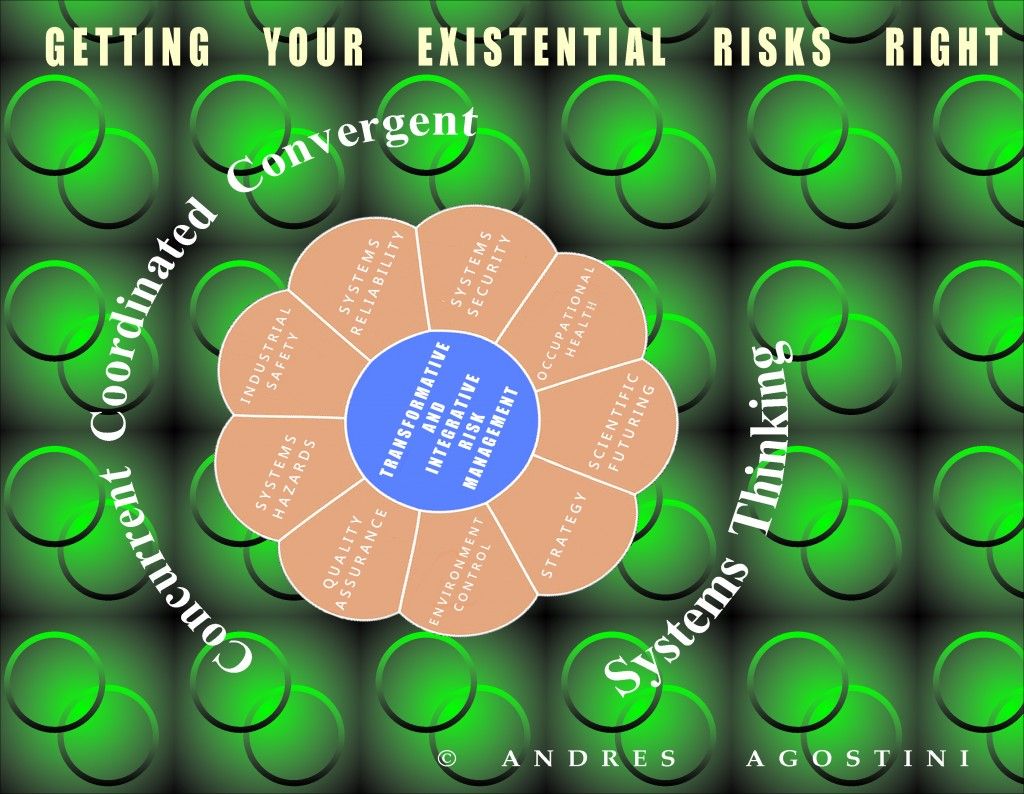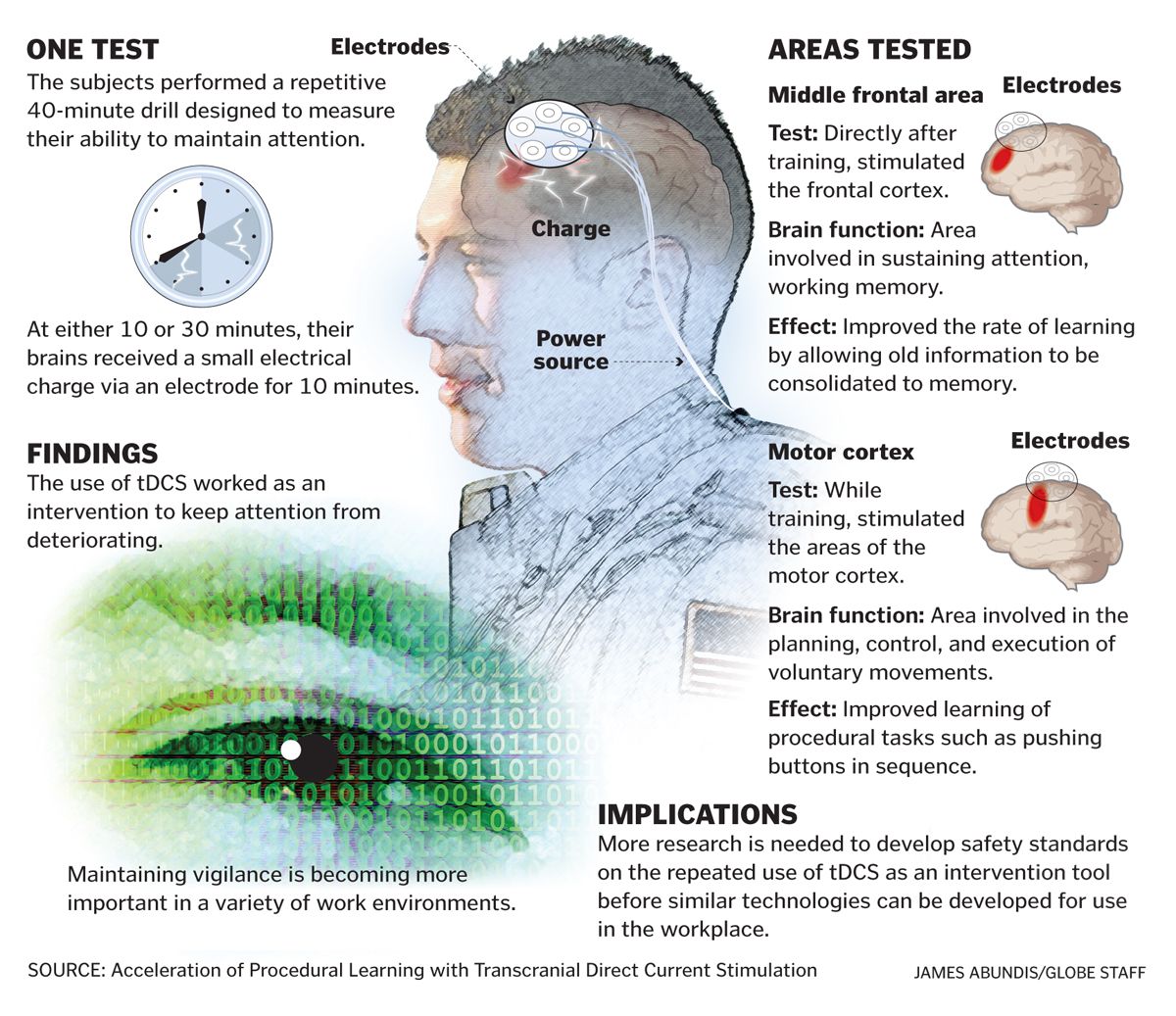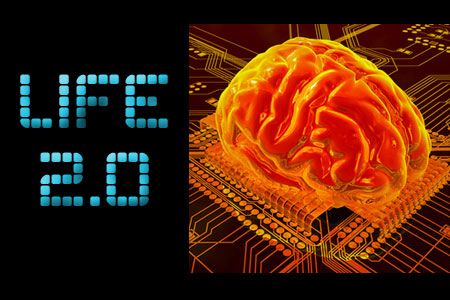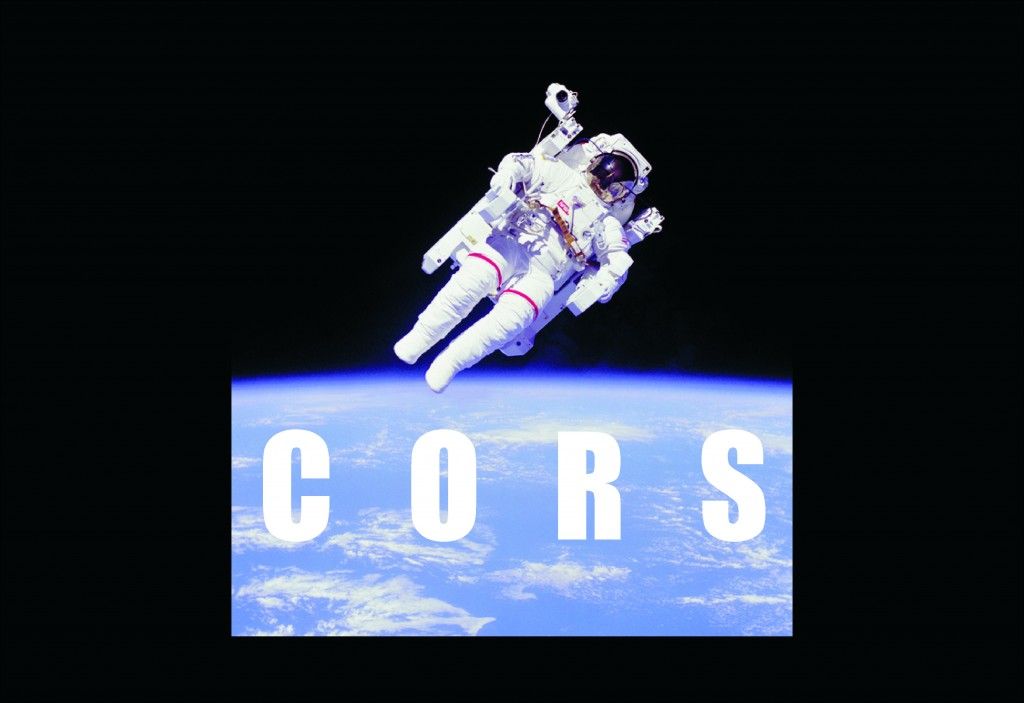Jun 2, 2014
Lifeboat Foundation Worldwide Ambassador White Swan Update by Andres Agostini
Posted by Andres Agostini in category: futurism
Self-assembling printable robotic components http://www.kurzweilai.net/self-assembling-printable-robotic-components
Raptor robot runs at 28.58 mph, faster than any human http://www.kurzweilai.net/kaist-raptor-robot-runs-at-28-…-any-human
Continue reading “Lifeboat Foundation Worldwide Ambassador White Swan Update by Andres Agostini” »

















